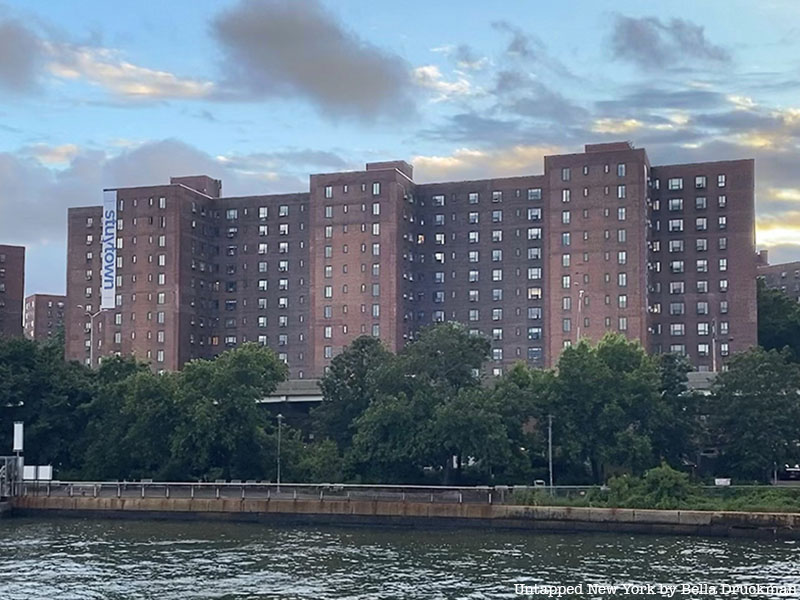5. Residents led a campaign to desegregate the housing complex

When Stuyvesant Town first rented apartments, only white tenants were allowed. In 1947, The Metropolitan Life Insurance Company opened the Riverton Houses in Harlem to act as a housing option for the Black residents who were not allowed to live in StuyTown. However, many residents still felt this arrangement was unfair. The only method they found for protesting the policy was subletting their apartments to Black New Yorkers. In doing so, these residents broke multiple rules because subletting was also not allowed. Eventually, more residents banded together to form the Tenants’ Committee to End Discrimination in Stuyvesant Town. The committee protested for nine years.
At the end of the fight, the Metropolitan Life Insurance Company allowed three Black families to move into the complex. Some of the white families who had fought alongside them were told to move out of Stuyvesant Town. By the end of the 1960s, the Civil Rights Act of 1968 made it illegal to discriminate in the housing realm based on race, religion, national origin, and sex, making StuyTown’s initial policy illegal.





